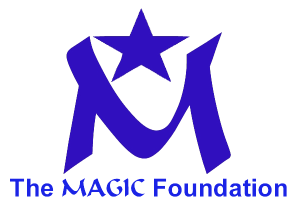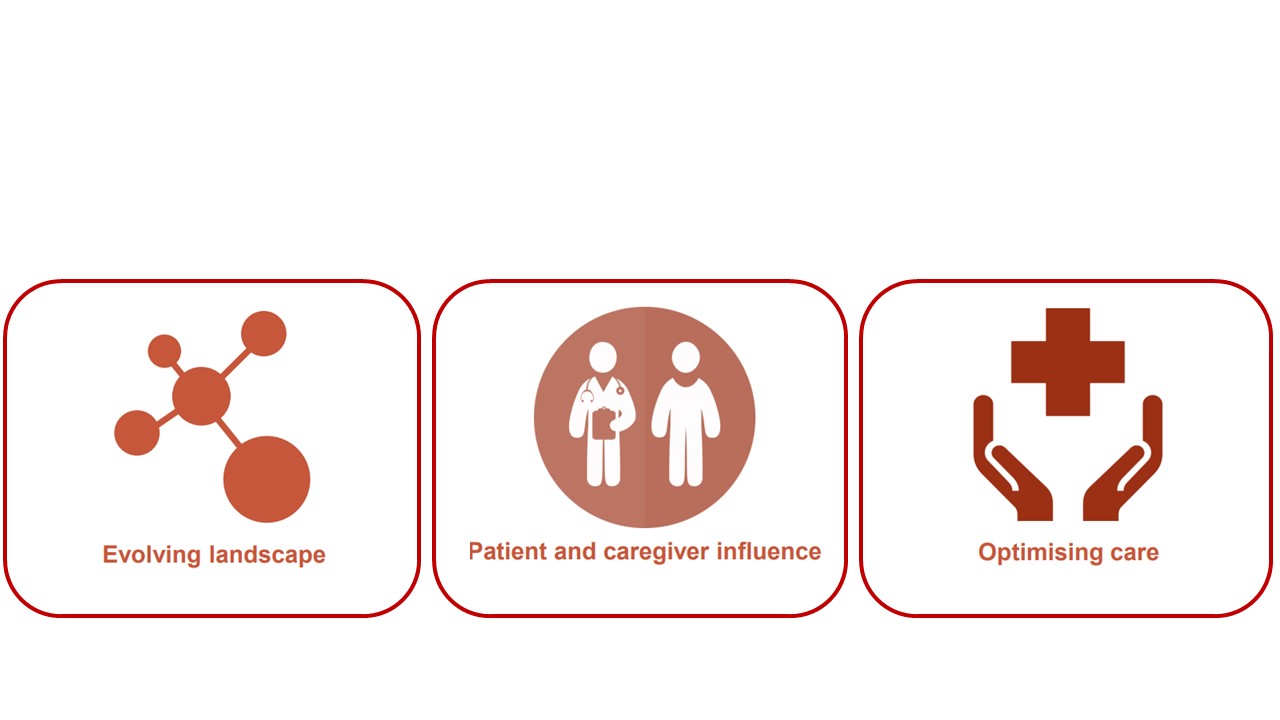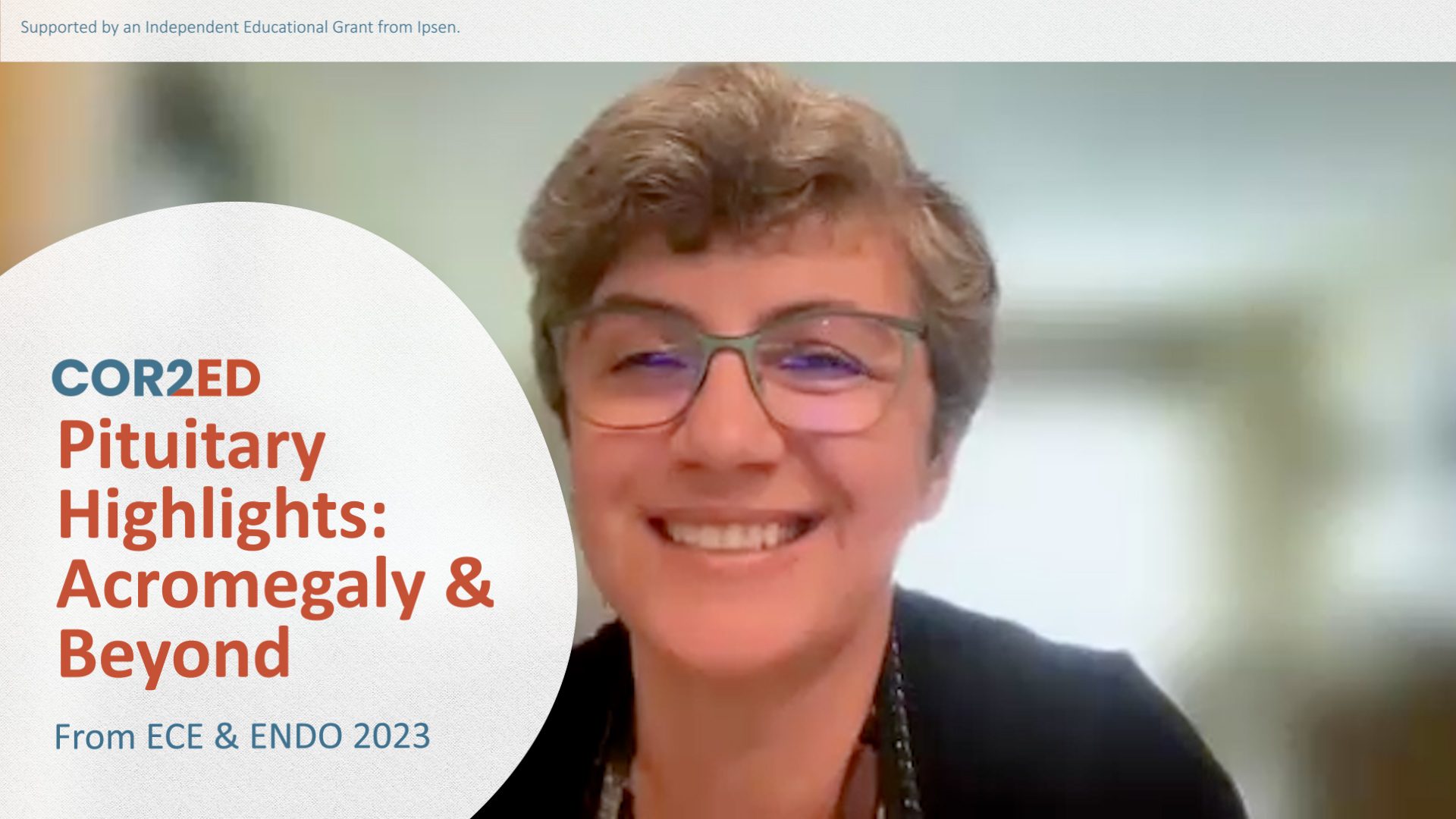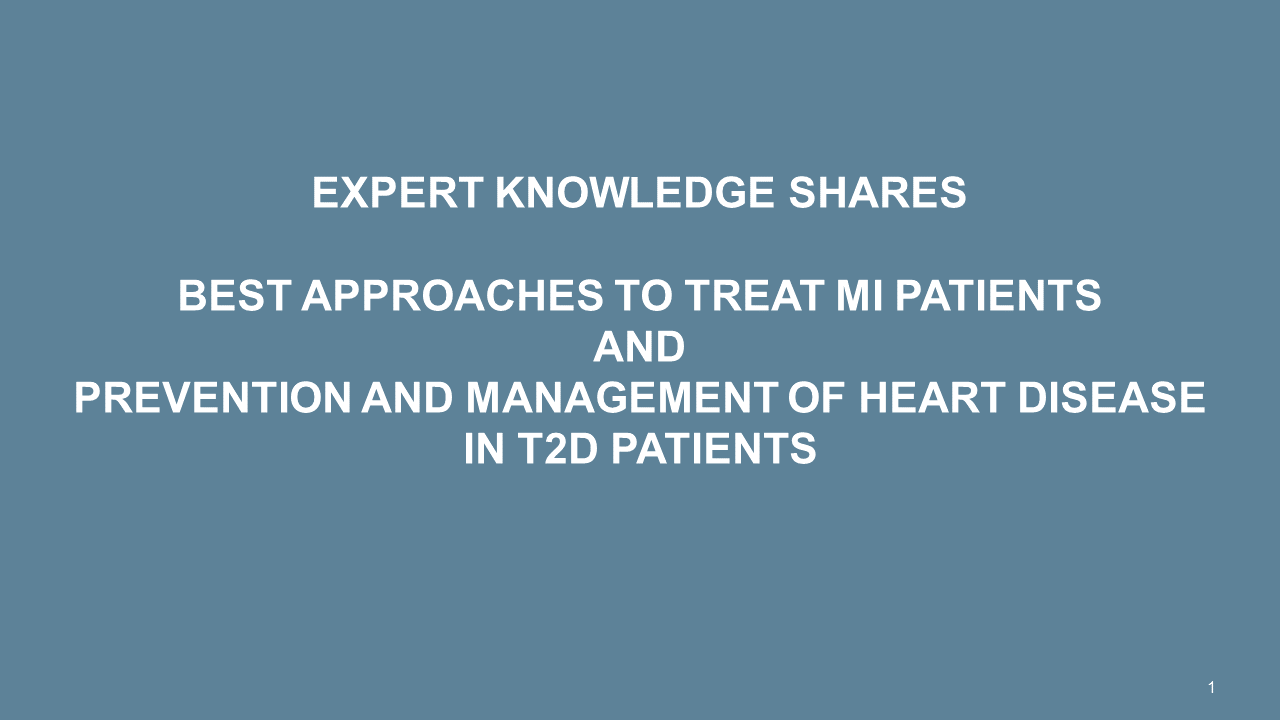It can be challenging to differentiate severe primary IGF-I deficiency from other conditions of short stature. In this micro learning, expert paediatric endocrinologists from PE CONNECT share their knowledge of identifying and treating SPIGFD in practice.
You'll learn how to recognise the typical presentation of SPIGFD and how a combination of clinical assessment and biochemical analysis of the GH-IGF-I axis can support your diagnosis of this rare condition.
After watching the video, take the assessment to earn your CME credit.
Clinical Takeaways
- Severe primary IGF-I deficiency (SPIGFD) generally presents as classical Laron syndrome, but non-classical cases with mild or moderate phenotypes should also be considered
- An endocrine investigation should be conducted to assess the GH-IGF-I axis to ensure appropriate diagnosis
- Diagnosis of severe primary IGF-I deficiency requires severe short stature, low serum IGF-I and normal or increased growth hormone secretion, as well as lack of other pathology
- An early and correct diagnosis is essential to allow children to achieve their full growth potential with appropriate treatment
This SPIGFD micro learning programme is endorsed by:
The MAGIC Foundation is a national nonprofit organization created to provide support services for the families of children afflicted with a wide variety of chronic and/or critical disorders, syndromes and diseases that affect a child's growth. Some of the diagnoses are quite common while others are very rare.
The Human Growth Foundation is a world leading nonprofit organization focused on children and adults with rare growth and bone conditions. We provide research, education, patient support, and advocacy to help improve the quality of life for those affected by these disorders. Our vision is that all people with rare growth or bone conditions have access to the best care possible.











 19 MIN
19 MIN
 Jul 2024
Jul 2024 
 Downloadable
Downloadable 



